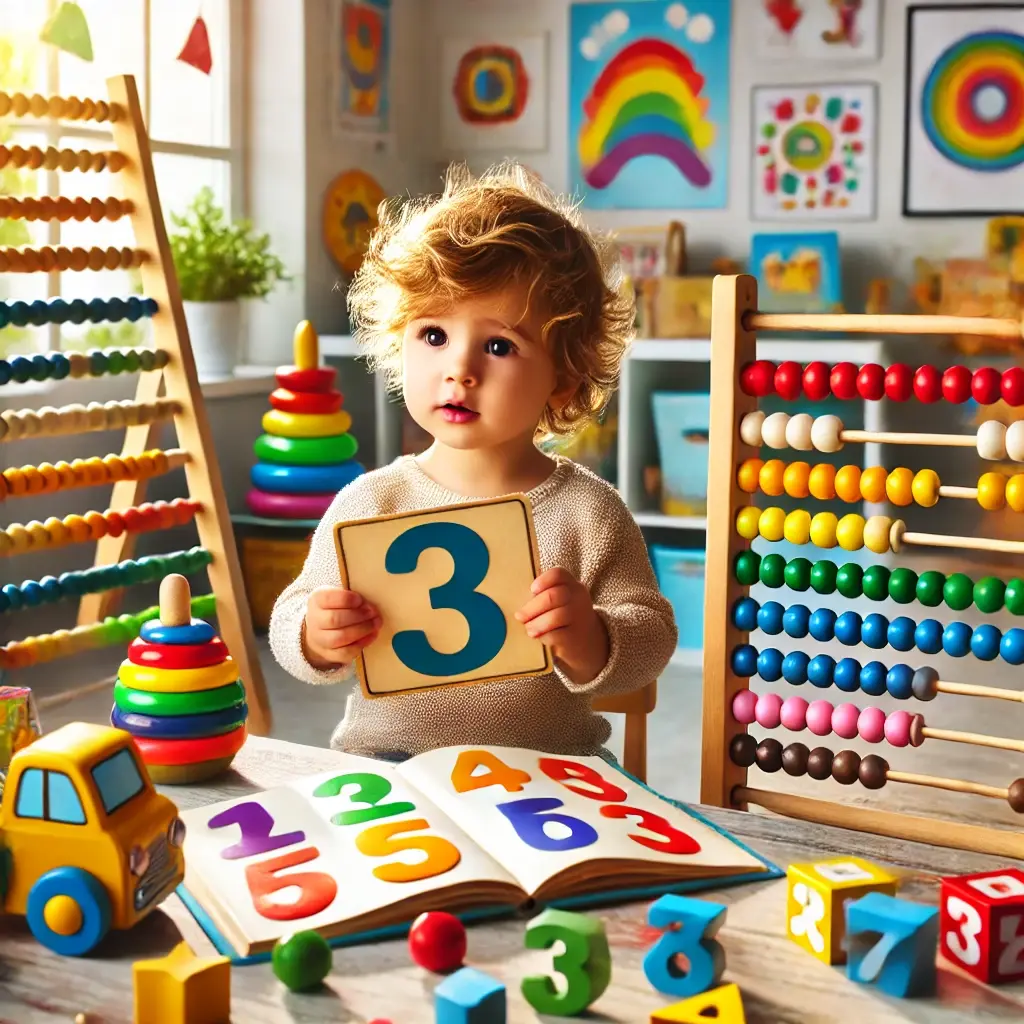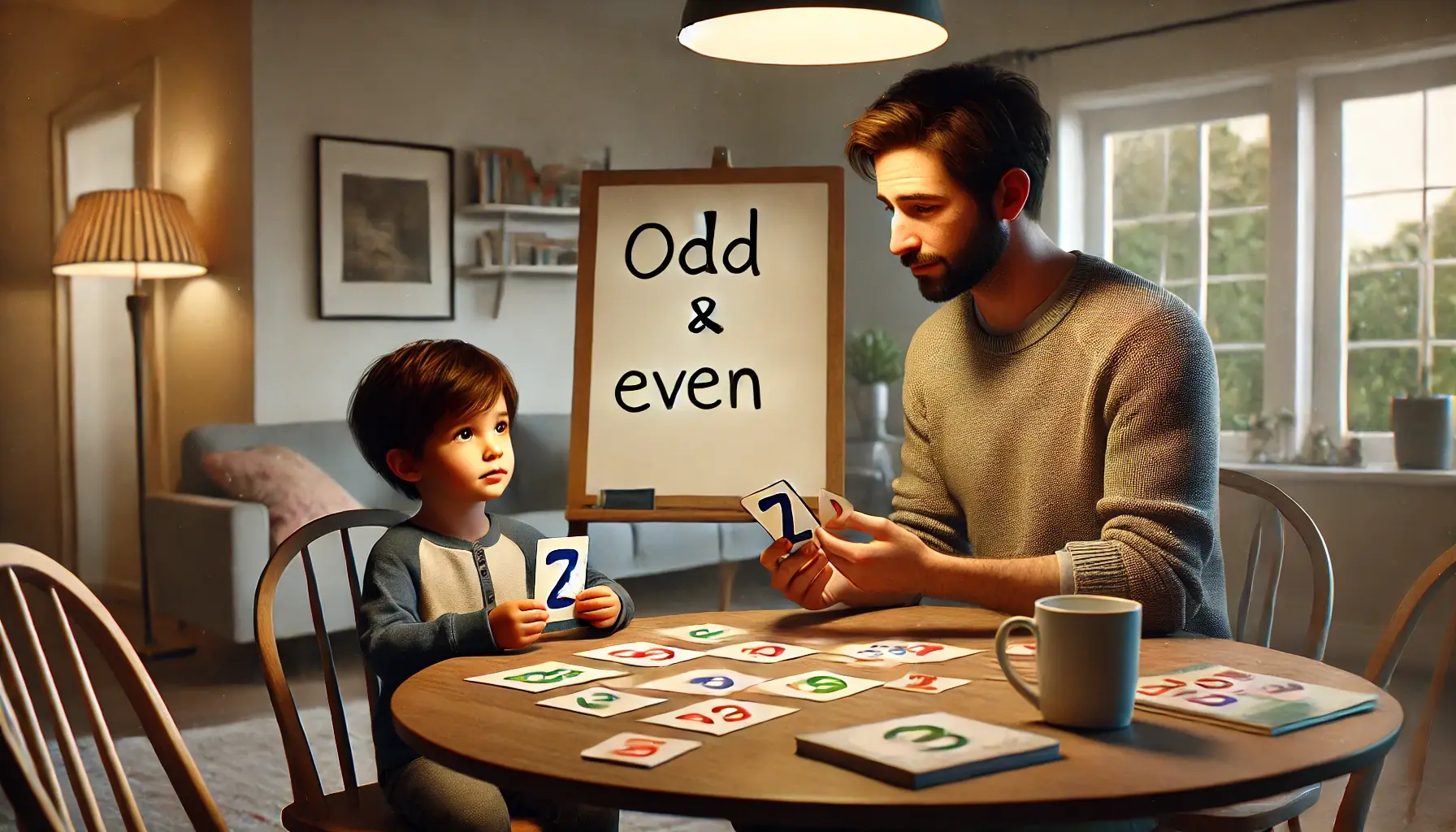
What Is Sixth Grade Math? Sixth grade math introduces key concepts that prepare students for middle school, including Ratios and Proportions, Percentages, and Number Systems. Students learn to solve everyday problems like comparing quantities, calculating speeds, and applying percentages to real-world scenarios like discounts and tips. They also develop critical problem-solving skills by exploring how numbers interact in different contexts.
In sixth grade, math becomes even more engaging as your child starts exploring new and exciting topics. One of the big areas they'll dive into is Ratios and Proportions. This means they'll learn to work with ratios and rates and use them to solve everyday problems, like comparing quantities or calculating speeds. It's a practical and fun way to make sense of numbers!
Another key focus is Percentages. Building on what they already know about fractions and decimals, your sixth grader will begin understanding how percentages are used in real-world situations, from shopping discounts to calculating tips.
They’ll also continue working with Number Systems, expanding their understanding of how numbers work in different contexts. These new skills will give them many ways to approach problems and think critically.
In this guide, we’ll take you through what your sixth grader will learn in math this year and offer some tips on how you can help support their learning.
What Math Is Taught in Sixth Grade? 10 Essential Skills and Topics
What Math Is Taught in Sixth Grade? In sixth grade, students explore a range of essential math skills that lay the groundwork for future success. They'll focus on developing critical thinking and problem-solving abilities while tackling exciting topics like Ratios, Percentages, and Fractions. The year covers 10 key areas, including Number Systems, Decimals, Perimeter and Area, Volume, and Coordinate Geometry. Students will also learn to analyze data using concepts like Mean, Median, Mode, Range, and Interquartile Range. Each topic challenges them in new ways, preparing them for more advanced math in middle school and beyond.
Here are 10 key areas they'll focus on during the year:
1. Number Systems
In sixth grade, your child will explore rational numbers and learn how to perform operations with different types of numbers—positive with positive, negative with negative, and negative with positive. Understanding how these numbers interact is key to solving more complex math problems.
This is also the year when the concept of absolute value is introduced. Absolute value refers to the distance a number is from zero on a number line, so it's always a positive number, no matter if the original number is negative or positive. These lessons help make solving expressions and equations easier as your child learns how to work confidently with different kinds of numbers.
2. Decimals

In sixth grade, your child will get plenty of practice with decimals through addition, subtraction, multiplication, and division exercises. These skills are crucial as math becomes more complex at this stage. Along with straightforward practice, word problems will challenge your child to apply what they've learned in real-life scenarios.
Each operation is followed by a review to make sure your child truly understands the material before moving on. These lessons help build their confidence in working with decimals in various situations, ensuring they’re ready for more advanced math concepts.
3. Fractions
In sixth grade, your child will dive deeper into working with fractions by learning important skills like finding common denominators and understanding how to find the reciprocal of a fraction. These straightforward steps will help them prepare for one of the key concepts introduced this year: fraction division.
Fraction division is where your child will learn the KCF (Keep, Change, Flip) rule. This method is used to solve division problems involving two fractions. You keep the first fraction as it is, change the division sign to a multiplication sign, and flip the numerator and denominator of the second fraction. By mastering this rule, your child will be more confident in handling complex fraction problems.
4. Ratios and Proportions

In sixth grade, your child will start learning about ratios, a way to compare two quantities. They'll see how ratios, such as 3:2 or 3/2, can be written and practice writing ratios from word problems.
Along with ratios, your child will begin working with proportions, which involve two equal ratios. They’ll learn how to find a ratio that is proportional to another by using multiplication. These skills will help them solve real-world problems, such as calculating ingredients for recipes or determining distances on a map.
5. Understanding Percentages
In sixth grade, students are typically introduced to the concept of percentages. They’ll learn that a percentage can be converted into a fraction and an equivalent decimal. Our lessons guide students through writing percentages as fractions and converting fractions back into percentages.
They’ll also practice converting percentages into decimals by multiplying by 0.01, reinforcing their skills in working with decimals. Finally, students will learn how to find the percentage of a quantity, a useful skill for real-life situations like calculating discounts or tips.
6. Perimeter and Area

In sixth grade, students will continue to practice finding the perimeter and area of various shapes. They’ll calculate the perimeter of different shapes, applying what they’ve learned in earlier grades. When it comes to area, your child will learn how to find the area of shapes like parallelograms and trapezoids.
A new concept introduced this year is working with compound figures, where students are expected to break down a complex shape into smaller, simpler shapes. By doing this, they can calculate the area of each part and then add them together to find the area of the entire figure. This lesson helps develop problem-solving skills and a deeper understanding of geometry.
7. Volume
While your child may have learned about volume in fifth grade, sixth-grade math problems will become more challenging. In sixth grade, students will continue practicing finding the volume of rectangular prisms and other solid figures through more complex exercises.
This year, they’ll also be introduced to the concept of surface area, which is the total area of all the faces of a 3D shape. Students will learn how to calculate the surface area by finding the area of each face and adding them together, helping them better understand how 3D shapes work in both volume and surface area.
8. Coordinate Geometry
In sixth grade, your child will expand their understanding of the coordinate plane, building on the basics they learned in 5th grade. While reviewing how to plot ordered pairs, they’ll now explore all four quadrants of the coordinate plane: Quadrant I, Quadrant II, Quadrant III, and Quadrant IV.
Students will also work through more complex problems, known as constructed response problems, to help them become more skilled in plotting points and analyzing the relationships between those points on the plane. This deeper understanding of coordinate geometry will help your child in future math topics involving graphing and spatial reasoning.
9. Mean, Median, Mode, and Range
In sixth grade, students will develop the important skill of analyzing data by finding a data set's mean, median, mode, and range. Each of these measures has its own calculation method. To make the process easier, students are encouraged to first arrange the numbers in the data set from least to greatest.
- The mean is calculated by adding all the numbers in the set and then dividing by the total number of values.
- The median is the middle number in the set after it's been arranged in order.
- The mode is the number that appears most frequently.
- The range is found by subtracting the smallest number from the largest.
Mastering these steps will help your child accurately analyze data and build a strong foundation for statistics.
10. Interquartile Range
One of the most challenging new concepts in sixth grade is learning about the Interquartile Range (IQR) and using box and whisker plots to represent data. These tools help students break down and better understand a data set by spreading the data points into a visual model.
In this lesson, students will learn how to use a box and whisker plot to find key values, such as the median, the median of the lower half (also called the lower quartile), the median of the upper half (or upper quartile), as well as the lower extreme and upper extreme values. These steps will guide students in calculating the Interquartile Range (IQR), which represents the middle spread of the data and helps them understand the distribution of data points more clearly.
Help Your 6th Grader Excel in Math with Genie Academy
At Genie Academy, a leading tutoring center in New Jersey, we offer online and offline tutoring options to support your sixth grader's success in math. Our curriculum aligns with what students learn in school and goes beyond, helping them deepen their understanding and excel in more advanced concepts.
We’ve seen countless students thrive with our sixth-grade math tutoring, which covers key topics like ratios, fractions, and percentages. Whether your child needs help with homework or wants to get ahead, our tutors are here to guide them every step of the way.
Our highly qualified tutors provide personalized support in all core subjects, such as abacus, reading, writing, and coding, but we specialize in making math engaging and understandable for sixth graders. With small class sizes and a focus on individual attention, we’re proud of the many success stories that have come out of our tutoring programs. Your child can be next!
We have locations in East Brunswick, Hillsborough, Marlboro, South Brunswick, Plainsboro, and South Plainfield, New Jersey.
Discover more about us, our countless success stories, our core values, our philosophy, and our rich history. You can also explore our reviews and testimonials and learn about the true benefits of Genie Academy.
6th Grade Math End-of-Year Skills Checklist
As your child completes sixth grade, ensuring they’ve mastered the essential math skills needed to succeed in future grades is important. Here’s a checklist of the key math abilities your child should be proficient in:
- Understanding Ratios and Proportions: Your child should be able to solve problems involving ratios, rates, and proportions and apply these concepts to real-life situations.
- Operations with Fractions and Decimals: They should confidently add, subtract, multiply, and divide fractions and decimals, including converting between them.
- Mastering Percentages: By the end of sixth grade, your child should know how to calculate percentages and apply them in problems related to discounts, interest rates, and other real-world contexts.
- Geometry: Your child should understand the properties of shapes, calculate the area, perimeter, and volume of various figures, and work with angles and coordinate planes.
- Algebraic Thinking: They should be able to use variables, write and solve simple equations, and understand how to work with expressions.
- Data Analysis and Probability: Your child should know how to interpret and create graphs, calculate mean, median, mode, and range, and understand basic probability.
- Problem-Solving: They should feel comfortable solving multi-step word problems that apply the math concepts they’ve learned, including percentages, ratios, and algebraic equations.
Parental Involvement Tips for 6th Grade Math Success
Parental involvement is key to helping your sixth grader succeed in math. Here are a few ways you can support your child’s learning and boost their confidence with math:
- Encourage Regular Practice: Set aside time each day or week for your child to practice math. Whether working through problems from class or using online math games, consistent practice helps reinforce new concepts.
- Make Math Fun: Engage your child in everyday activities that involve math. Cooking, shopping, or even planning a trip can help them see how math applies to real-life situations, making learning more relatable and fun.
- Create a Positive Environment: Be encouraging and patient, especially when they face challenges. Reinforce that it’s okay to make mistakes, as they’re part of the learning process, and celebrate their successes.
- Stay Connected with Teachers: Stay in touch with your child’s math teacher to stay informed about their progress and areas where they may need extra help. This will help you provide the right support at home.
- Utilize Resources: Take advantage of extra resources like math apps, educational videos, or tutoring programs like Genie Academy to give your child the extra help they may need.
- Ask Questions: Encourage your child to explain their math homework to you, even if you already know the answer. This helps them solidify their understanding by teaching someone else.
Conclusion
What Does Sixth Grade Math Look Like? Sixth grade is an engaging period for your child as they immerse themselves in fresh mathematical principles such as proportional relationships, fractional rates, and statistical evaluations. These subjects pave the way for long-term academic growth, equipping them with the assurance to navigate more intricate equations and fostering analytical thinking about numerical patterns in daily scenarios. With consistent effort and positive reinforcement, your child will build a solid mathematical framework by year's end, prepared to embrace upcoming challenges with enthusiasm.
If additional guidance is needed, Genie Academy is here to empower your child to achieve their highest potential.





